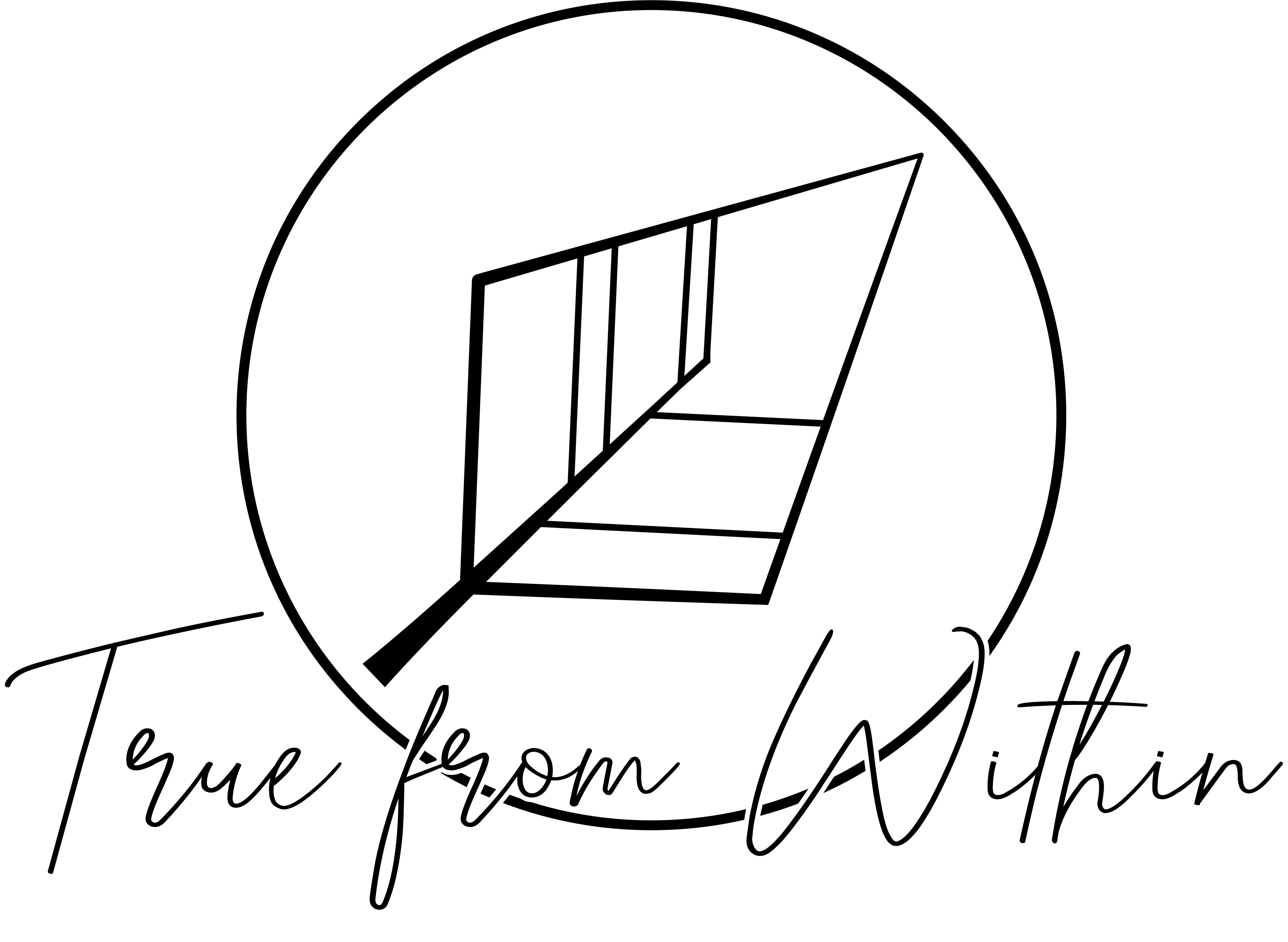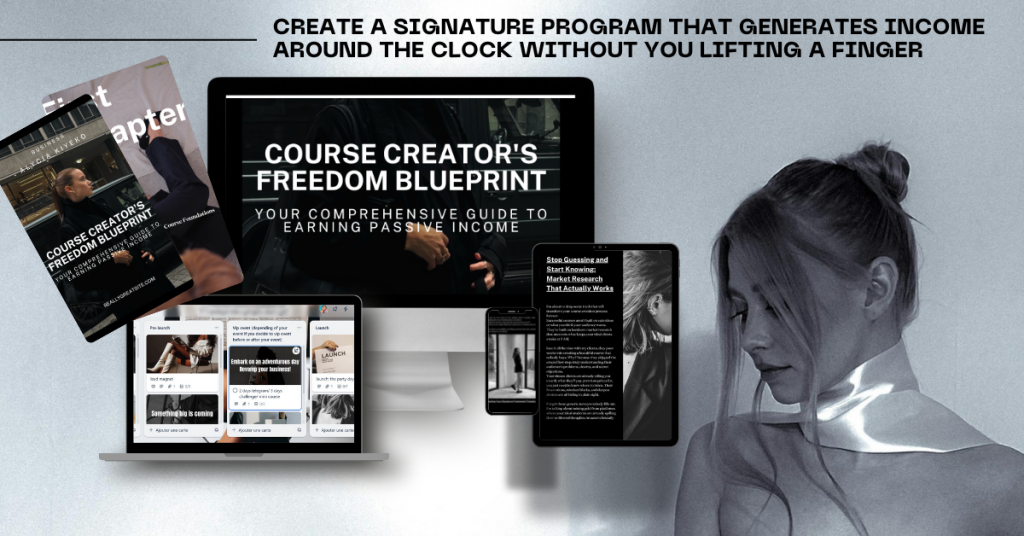You’re one step away from turning your expertise into consistent income. I’m confident this is possible because my client, after one session with me, sold 4 mini courses in less than 48 hours. She had less than 2K followers on Instagram and barely 200 email subscribers. People were already signing up before she even officially launched.
Wild, right?
But before you think she got lucky or has some secret sauce you don’t have, let me be real with you: Just having a link to your course in your bio won’t sell it. Slapping a $400 price tag on something and hoping people buy? That’s not a strategy, that’s a prayer.
If you’re wondering how to create a mini course that people actually want to buy, I’m about to break down exactly what she did differently, and the fatal mistakes that are probably killing your sales right now.
Why Mini Courses Are Your Secret Weapon
Before we dive in, you need to understand something: Mini courses are not watered-down versions of big courses. They’re focused, specific solutions to one painful problem your audience is desperately trying to solve at 3am while scrolling their phone.
The beauty of learning how to create a mini course is that you’re not trying to teach everything you know. You’re teaching one thing that gets people one specific result. That’s it. That’s the whole game.
And when you get this right? You can sell your knowledge on repeat without needing a massive audience or spending months creating content nobody asked for.
Lorem ipsum dolor sit amet, consectetur adipiscing elit. Ut elit tellus, luctus nec ullamcorper mattis, pulvinar dapibus leo.
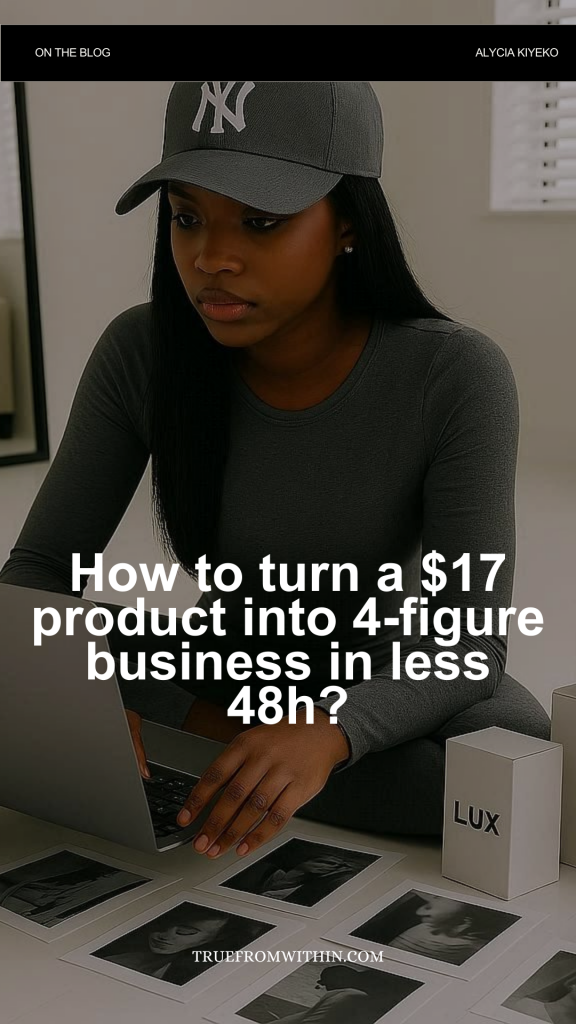
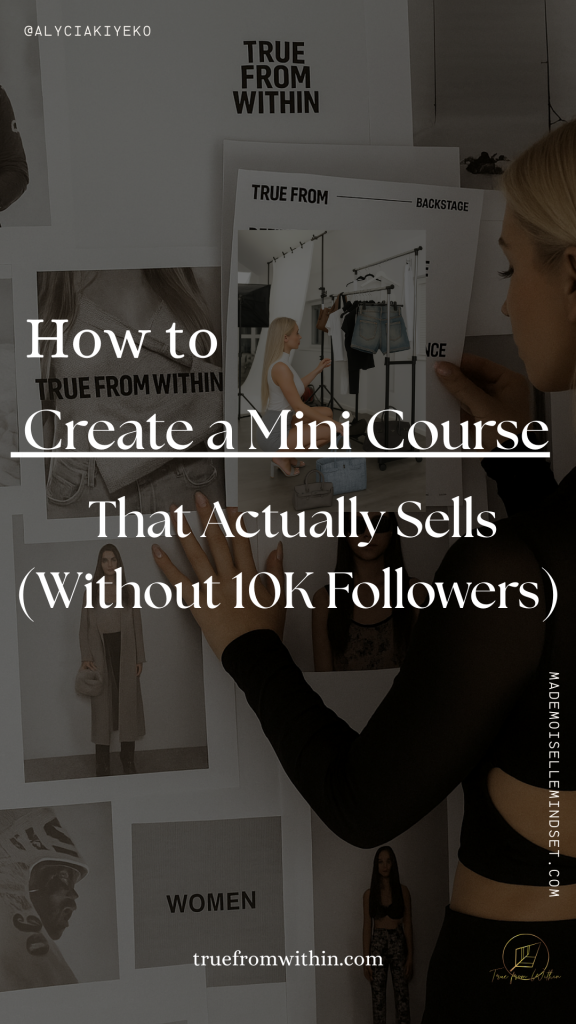
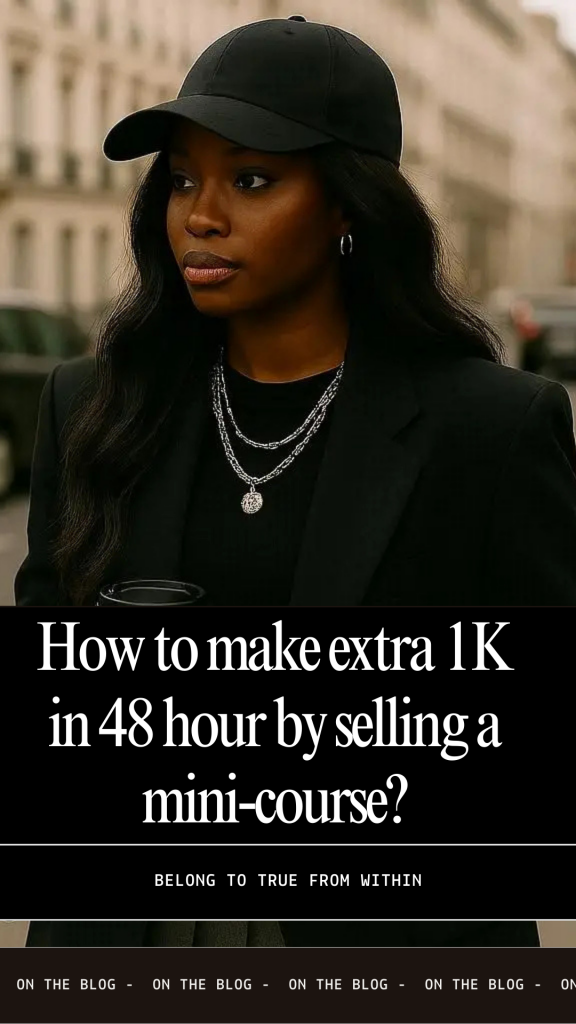
The 7 Deadly Mistakes Killing Your Course Sales
- Putting Everything in One Course
The biggest mistake I see when people try to figure out how to create a mini course? They want to put their entire brain into one offer. You’re thinking, « I want my clients to get results, so I’ll give them everything! »
Stop.
That’s overwhelming. People don’t want everything. They want something simple to execute that solves ONE problem they’re dealing with right now.
I made this exact mistake when I started as an emotional coach. I attracted people who wanted to lose weight AND stop binge-eating. Two main issues. I threw everything into my course. My message was confusing. I attracted people who were lost and didn’t actually want to work on their issues. I sold to 5 people and had to lower my price because they didn’t see the value—they wanted to lose weight but didn’t want to address the emotional eating part.
Think about it this way: if you want to sell your knowledge successfully, you need to focus on one main problem that attracts a specific audience who are ready to buy. Not everyone. Not all the problems. ONE problem for ONE specific person.
- Creating Solutions for Problems People Don’t Care About
When people are scrolling social media, they’re looking for two things: distraction from their painful journey or a solution to their problem. That’s it.
What I see constantly? You create content and offers for problems people just want validation on. They’re not actually looking to solve it, they just want someone to say « same. »
My client is a nutritionist specializing in gut inflammation. She wanted to create an offer for ALL gut inflammation issues. We narrowed it down. She decided to talk about one specific disease and created an offer around only that. Four people bought in 48 hours.
So many people create offers based on what they THINK people want because they’re trying to reach more people. Instead, focus on what your audience actually keeps them awake at 3am searching for solutions. That’s where the money is. That’s how to sell your knowledge in a way that feels effortless.
- Not Knowing Where Your Course Fits in the Journey
You create a course that doesn’t match where your client actually is in their journey. You don’t know if you’re targeting people at phase A (the beginning) or phase C (expert level).
Think of your offer like a piece of cake. The big transformation is the whole cake. But to have the whole cake, you need to create individual pieces, small transformations that get them closer to the big one.
When you’re learning how to create a mini course, focus on the first piece. The small win. The entry point.
Example: People want to lose 30kg. For most people, that feels impossible. Your mini course should be « How to Lose Your First 5-10kg by Regulating Your Hormones Without Restriction. » This offer focuses on their desire, touches on the objection « it’s too difficult, » and is so specific it only attracts women who know they have hormone dysregulation.
That’s the power of a well-positioned mini course. You’re not asking them to climb Mount Everest. You’re asking them to take the first step up a hill they can actually see the top of.
- Seeking External Validation from the Wrong People
So many people ask advice from the wrong people. Your coach who’s not specialized in offer creation. Your friends and family. They all say, « Your price is too high, nobody will buy. »
Then you create messages to please people, lower your price, and attract people who want to negotiate you down even further.
When you’re figuring out how to create a mini course that actually sells, you need to stop asking people who aren’t your ideal client. Your mom doesn’t need to understand it. Your friend who works a 9-5 doesn’t need to get it. Your dream client does. That’s the only opinion that matters.
- Not Speaking the Same Language as Your Dream Client
Sometimes it’s not the offer. The issue is how you market your offer. I’ve seen this shift happen with my clients’ content in literally 2 days.
You need to speak the same language as your dream client. Stop being vague and broad. Be super specific. What do they love? What are their core desires? Their habits? What do they consume? Create content around that.
My nutritionist client? One of her dream clients loves eating chocolate without having gut issues. She created content saying, « Before my transformation, I struggled to eat my favorite food without crying. Now after implementing my framework, I can eat chocolate with my coffee or after lunch without pain. »
That’s how to sell your knowledge effectively. You’re not talking about gut inflammation in medical terms. You’re talking about eating chocolate without crying. THAT’S the language that converts.
- Not Addressing Objections
You educate your audience. You activate them. But you don’t address the objections around money, time, and « it’s not possible for me. »
That’s why you spend hours in DMs trying to convince people to buy your course. Exhausting, right?
You need to create content around what it costs them if they wait. Example: « I know you’ll be in the same place next year if you try to figure this out by yourself. Your course will still be sitting on your link in bio, collecting digital dust because you think the issue is the offer, especially if you already have great engagement. »
When you’re learning how to create a mini course that sells, objection-busting content is non-negotiable. Address the « buts » before they even think them.
- Launching Too Soon (Or Waiting Too Long)
You don’t know what stage your audience is in. If you have huge engagement, people signing up for your newsletter, DMs coming in daily, you can launch like my client did.
But if you’re struggling to get people to like your posts or comment? You need to nurture your audience first. You can’t sell your knowledge to people who don’t know you exist or don’t trust you yet.
The flip side? Waiting too long because you’re scared. You’ve been nurturing for months. Your audience is engaged. They’re asking questions. And you’re still « not ready. »
That’s fear, not strategy. When you know how to create a mini course correctly and your audience is warm, it’s time to launch.
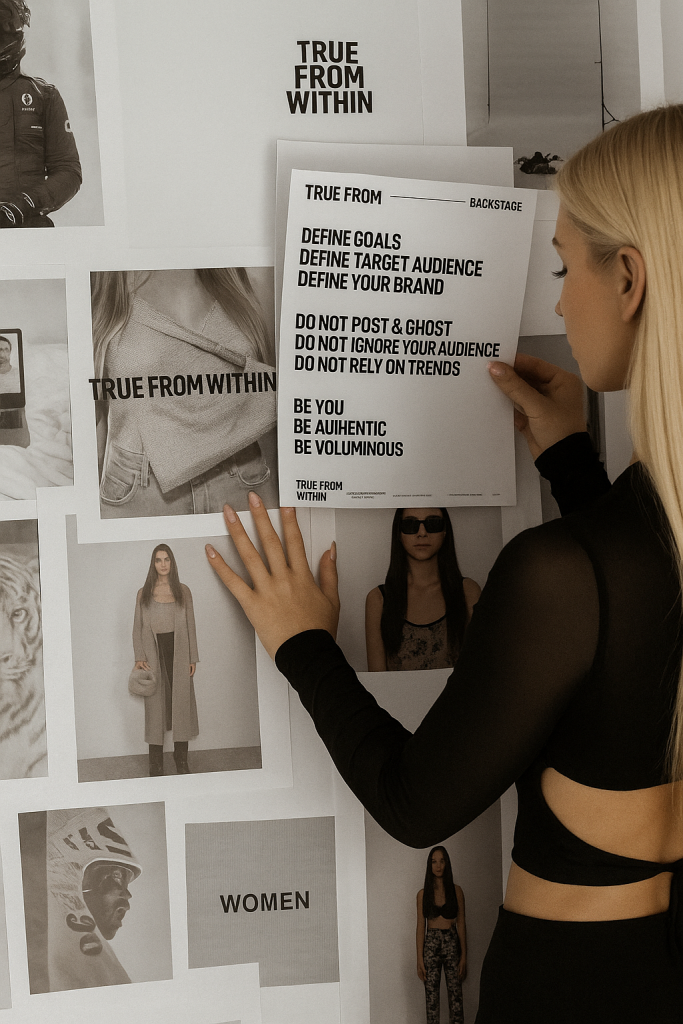
The Real Truth About Selling Mini Courses
You think you’re not enough. Maybe your clients just want to work 1-to-1 with you. Maybe you need a bigger audience first. Maybe your offer isn’t good enough.
None of that is true.
It’s not about you. It’s about how you market and structure your offer so your audience can actually align with it. When you understand how to create a mini course that speaks to one specific problem for one specific person at one specific point in their journey, everything changes.
My client went from zero course sales to $1K in 48 hours with less than 2K followers. She avoided every single one of these mistakes. She got clear on who she was serving, what problem she was solving, and how to talk about it in a way that made people say « I need this NOW. »
You have everything you need. You just need to package it the right way for the right people at the right time.
Your Next Step
Stop second-guessing yourself. The knowledge in your head is valuable. Someone out there is losing sleep over the exact problem you can solve. When you master how to sell your knowledge through a well-crafted mini course, you create freedom in your business. Recurring income. Sales while you sleep. Clients who are excited to buy from you.
The difference between a course that collects dust and one that sells consistently? It’s not your follower count. It’s not your fancy website. It’s understanding your audience so deeply that your offer feels like the answer they’ve been searching for.
Now go create that mini course. Make it specific. Make it valuable. Make it irresistible. And watch what happens when you finally stop trying to be everything to everyone and start being exactly what your dream client needs.
Ready to create your mini course the right way? Drop a comment below and tell me which of these 7 mistakes you’ve been making. I read every single comment and I’ll help you fix it.
